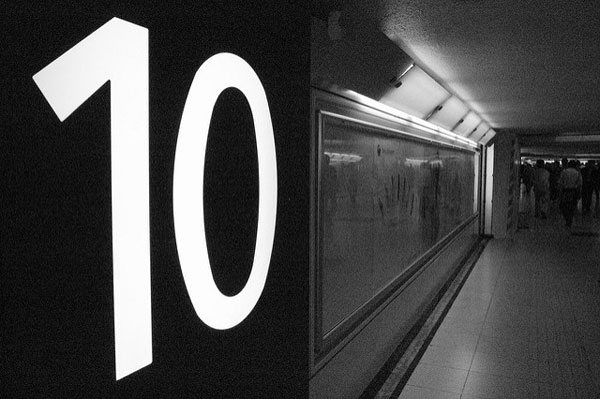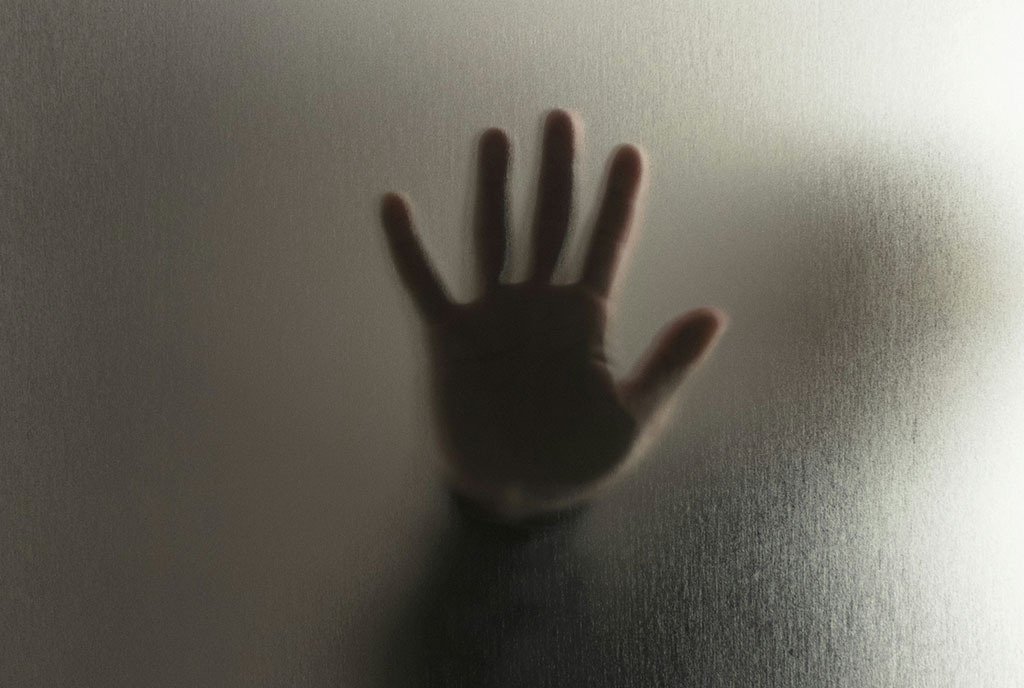
February 27, 2018; US News & World Report
Everyone loves top 10 lists. They offer bragging rights for everything from ice cream to individual states. While the methodologies used to compile the data vary from source to source, and the accuracy and validity of such rankings are debatable, lists like these can spotlight important issues that deserve further consideration. This is the case for US News & World Report’s education rankings, which can help us understand the impact when states don’t invest in higher education.
Interestingly, according to US News, there’s a surprising disconnect between how well states operate their primary and secondary educational programs and the quality of their higher education:
States with otherwise strong education systems show up at the bottom of the charts for higher education. When it comes to tuition and fees, the top education states are decidedly the poorest performers: Four of the top 10 states for education overall are in the bottom 10 for average tuition and required fees for public four-year institutions for in-state students. Vermont, which ranks eighth overall in education, is dead last.
States with the best educational systems also found that their children ended their college years with the highest amount of accumulated debt.
Of the states ranked in the top 10 for education, half rank in the bottom half of states for low debt at graduation, including New Hampshire, which comes in 49th despite ranking fourth for education overall, and Massachusetts, which ranks 44th in low debt at graduation despite ranking No. 1 in education overall.
C.J. Libassi, a higher education policy analyst at the Center for American Progress, explained this somewhat counterintuitive outcome to US News:
Sign up for our free newsletters
Subscribe to NPQ's newsletters to have our top stories delivered directly to your inbox.
By signing up, you agree to our privacy policy and terms of use, and to receive messages from NPQ and our partners.
High school performance is generally correlated with state median income. You could imagine as states get richer, students do better in a K-12 system. Richer students are also more likely to go to private and nonprofit colleges, which are typically more expensive. Really, what you’re picking up there is the chance that students who graduate from good K-12 schools, go to more expensive schools of higher education.
The findings of US News are consistent with other recent looks at college debt. An Urban Institute study found that “households in the top quartile of the income distribution, with incomes above $81,140 in 2016, held about half of all outstanding education debt. The top 10 percent of households, with incomes of $144,720 or higher, held 24 percent of the debt.”
It may seem quite appropriate‚ even progressive, that richer families have the largest loan balances as their children finish their college educations. Digging deeper, though, there’s more for policymakers to worry about. According to Libassi, “The folks who face the most dire consequence for taking out debt are generally not the people who take out the most debt, but those who take out the least and don’t finish.”
If a state provides affordable higher education, that can help ameliorate the problems associated with taking on debt. and the best way to accomplish this is for states to invest in the quality of their higher education systems, have the programs needed to ensure students are successful, and keep their tuitions at reasonable levels.
US News’ data set shows that even in wealthy states, this investment has not been there.
Overall state funding for public two- and four-year colleges in the 2017 school year was nearly $9 billion below what it was a decade ago in 2008, prior to the Great Recession, according to the Center on Budget and Policy Priorities—a funding decline that’s contributed to higher tuition, among other things. As a result, tuition at four-year public colleges has risen by an average of $2,484, or about 35 percent, since 2008 school year.
The impact of this shrinking investment falls most heavily on those families who are lower down the economic pyramid, who rely on the benefits of higher education to spring them into better-paying careers. This, we ought to worry about—no matter where our state falls on US News’ education rankings.—Martin Levine












